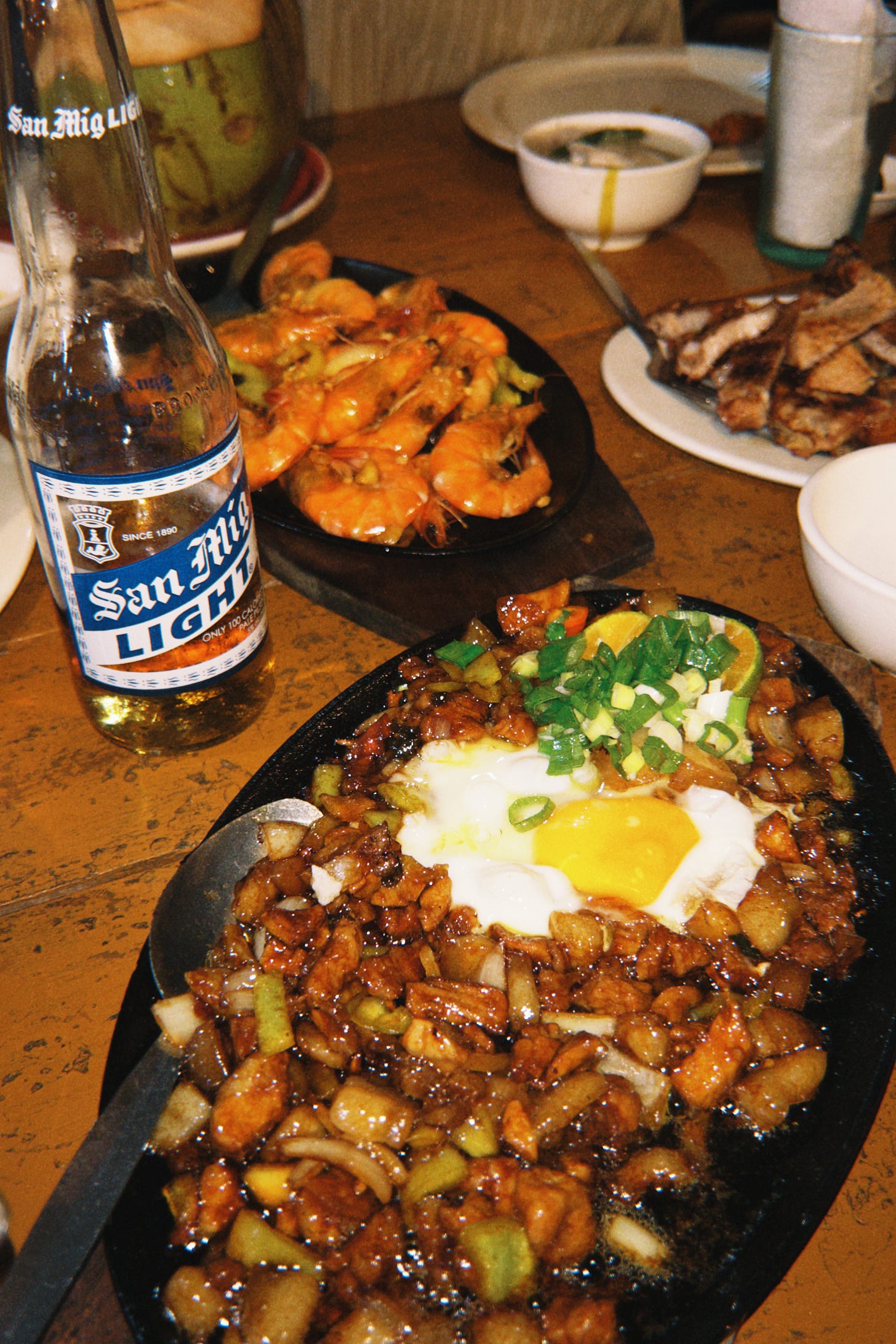This coming July, I will be starting a special workshop on mental health. Wellbeing has always been seen as something individual and isolated, something you have to do on your own. To be mentally healthy means being functional in society—but this same society expects you to be a restless machine, to produce and consume in a cycle of domination. So, “modern” suggestions for wellbeing often involve cutting people off, enforcing strict boundaries, and satisfying your inner child through consumerism… and you must do all of these outside of office hours, of course.
Philippine folk psychology has a kinder, more holistic view of wellbeing. What would it look like to apply its lessons towards a more kapwa-oriented sense of kaginhawaan (wellbeing)?
This workshop will be available to all Member-tier subscribers on my Patreon.
From the Archive
I have talked about this issue many times in the past. It is also the topic of a recent essay I wrote that was published in Lifestyle Inquirer, titled simply, “Good Mental Health Is About Supportive Relationships.”
Here is one of my earlier talks on the topic of mental health, for a photography exhibit on mental health (it’s in Tagalog):
Here is another one I recorded for Dr. Andrea Negrete’s class at Wesleyan University (this one is in English):
Caring for the Inner Garden
In terms of my own mental health, there were some spaces of rest and breathing (pahinga) amidst what was increasingly becoming a busier and busier month.
On Independence Day, June 12, my partner Toni and I flew to the province I was born in—Negros Occidental. We spent our time with my family in Silay City, and we had a lot of inihaw (grilled meats).
As it turns out, we arrived on the last day of the Kansilay Festival. Silay is named after Kansilay, which is a native tree (Cratoxylum sumatranum). In Philippine history, local revolutionaries met along Calle Cinco de Noviembre to overthrow the Spanish colonial authority, replacing them with a short-lived “Negros Republic.”1
Amidst the colorful chaos of eardrum-shattering fiesta music, numerous bottles of beer, and heart-stopping glory of grilled meats, I find myself at home.
The story is actually way more fascinating. The revolutionaries didn’t have enough weapons, so they painted coconut trunks and shells black to make it seem like they did have weapons. When the Spanish colonial authority saw them coming from afar, it looked like they were well-stocked, so they surrendered.








